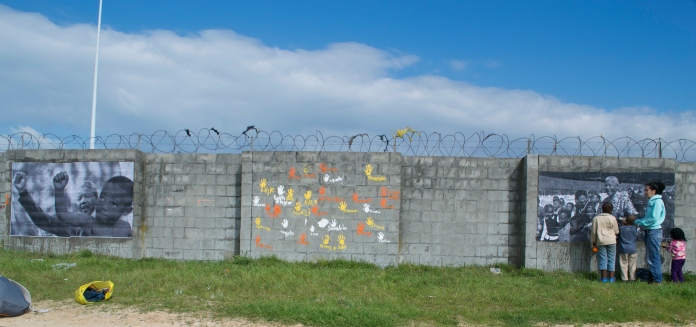Hello all.
Apologies that my blog posts have been sporadic but I am immersed in my dissertation. I know that is important to keep everyone up to date so here is a brief of what has been going on.
I have been asked by Soroptomist International to give e presentation at their regional meeting in Maidstone on Saturday 20th September. It will be about 30 minutes and I am incredibly nervous. I was told by Jaque that a lot of people have been following my blog whilst I have been away which is great and I am looking forward to meeting some of you in person.
It is quite overwhelming to take in the year I have had, from my initial acceptance at IJR, the fundraising campaign, the module work, essays, trip in South Africa, collection of data, and I feel very emotional tying it all together in one last piece. I watched my classmates hand theirs in for the earlier deadline and saw them celebrate…not long until its my turn! One thing the year has taught me: perseverance, hard work, faith and a positive mental attitude…wholly pays off in the end.
I would like to share with you an interview I did with Tazneem Wentzel from the Burning Museum Arts Collective. I met Tazneem at the wall pasting she did of Ashley Kriel in Bonteheuwel in celebration of his life…mentioned in a previous blog. I was inspired by her work, and intrigued at how it really tied in with what I had learnt in class about memorialisation. How memory and ‘truth’ is preserved has a heavy impact on the narratives that get taught to future generations. What is interesting about Burning Museum, apart from their incredible street art work- is the contribution that they have to building an inclusive narrative of the past. What their work also does; is challenge perceptions of the present day by engaging with the spaces that they are in.
1) How did you become invoked with the Burning Museum?
I became involved in Burning Museum by accident I think. I met Grant Jurius, who had this idea of a collective, and with my interest in history, research and writing, it kind of happened from there.
2) Could you explain a little bit about what the concept behind the arts collective is about?
Basically, each one of us have various interests. This ranges from visual arts, to anthropology, to curating. The idea behind the collective is to engage with the notion of centre and periphery visually, textually, per formatively. We try to think about where we come from, the spaces that we currently occupy and engage with that. We have a shared experience of dislocation, an experience which has been passed through our families. We try to engage with history, and stories putting these stories up for everyone to see. The city is our museum.
3) How did you learn how to wheat paste?
Grant works in wheat pastes and we all learnt from him.
4) Which piece are you the most proud of and why?
The piece that I am most proud of is the one with the 2 boys with the 1913 land act layered into it. Opposite the figures is the outline in the land act. This is my favourite because of the location, the narrowness of the walls. I like the proximity, the way the street looks and the way the images blend into the architecture of the space. Also, I love the way the boys look, their style and what their presence means to the space, how the space works into the visual. The location is as much a part of the piece as the piece itself. The location being in Woodstock, which is quickly changing with gentrification. A lot can be read into the placement, and why we have layered the 1913 land act into the image. How you read it is up to you.

5) How can people get a hold of you to work with you in the future?
I guess, our work is for the people who see it. Its in some way not meant to be bought but appreciated by the public. Maybe we would consider doing commissions. But, for the most part we are focussed on placing everyday stories, familiar faces, and nostalgia back into the concrete and stone of the city. Our work are historical triggers.
As you will read from the previous blog post- I attempted to make political sense of why the murial we did of Mandela for international Mandela day was torn down by young people. Tazneem said this:
People ripping burns off is a way or life. Its not meant to last forever. For me the beauty of it, is that it is fleeting and vulnerable. Once you capture that moment you have it stored in memory.





